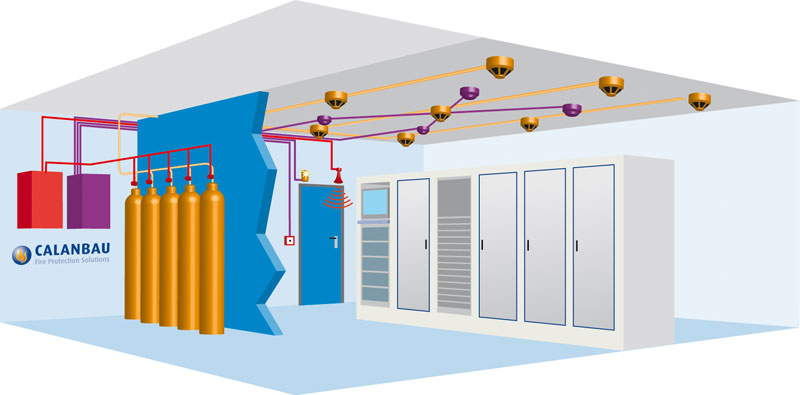
Gaseous fire suppression, also called clean agent fire suppression, is a term to describe the use of inert gases and chemical agents to extinguish a fire. The system typically consists of the agent, agent storage containers, agent release valves, fire detectors, fire detection system (wiring control panel, actuation signaling), agent delivery piping, and agent dispersion nozzles. Less typically, the agent may be delivered by means of solid propellant gas generators that produce either inert or chemically active gas.
There are four means used by the agents to extinguish a fire. They act on the "Fire Tetrahedron":
© 2022-23 Leben Solutions. All rights reserved | Managed by Effervescent Communications